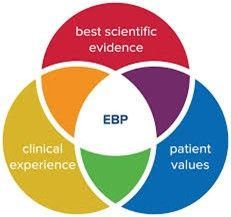Adolescent Hindsight
If adolescents could have hindsight about their actions, what would they change? Being an adolescent brings with it many exciting adventures. New opportunities to become independent, think about careers. And along with these bright spots come many dark clouds.
Risky behavior. Looking past the consequences and more at the thrill. This is why adolescents have higher rates of car accidents and suicides than other age groups. And also why they are more inclined to abuse drugs and alcohol. For the adolescent brain, impulses rule. So do emotions, thanks to the increased development of the amygdala. This is the brain’s center that controls emotions. And in the adolescent brain, responses to the world’s events are ratcheted up to new heights.
Wouldn’t it be great if youths could go back and look at their behavior? Or that of friends or others. And say, if they had to do it all over again, what would they do? Learning why adolescents do risky things not only involves the actual behavior. It also concerns the driving force behind the behavior. Knowing what they want helps to change the behavior.
For instance, a young woman sneaks out of her house to meet up with her boyfriend. Let’s just say they’re going to “hang out”. And skip the personal details. What is her need? Is it to be with her boyfriend? Or is it to show her parents she’s independent? Or even to express her anger with them? There are other ways to help her show independence or her emotions than sneaking out. Helping her do these improve her coping skills. And may reduce risk-taking behavior.
Suppose a young man was thinking of going with his friends. Someone had crystal meth and the friends thought it would be fun to try it. What is the youth’s motivation? Peer acceptance? Getting high or in an altered state? Escaping pain? Other ways exist to do these things. Sports and meditation release endorphins. Talking, journaling or arts help express feelings. And social skill development brings into other groups.
The nice thing about discussing hindsight is that you don’t have to wait until the behavior happens. You can approach the youth. Talk different scenarios. Roleplay what-ifs. Before they happen. Help the youth achieve their need in healthy ways.
One approach is to ask the youth about a specific event. One they did, are thinking about or heard about from someone else. Then ask them what the thrill or gain would be. Then what is the possible consequence and what could be done “in hindsight”. In the case of crystal meth, the youth might say peer acceptance, but the consequence is addiction, possible stealing, or worse. The youth can then talk and work on other ways to achieve acceptance, and look at the pros and cons of this peer group. Maybe better social skills, a hobby, or an activity can lead him to a different peer group.
PRAXES offers training on its Intensive Youth Practice to reduce their stress and improve behavior. It includes activities like the Hindsight one. For more information on the practice, please contact us.




